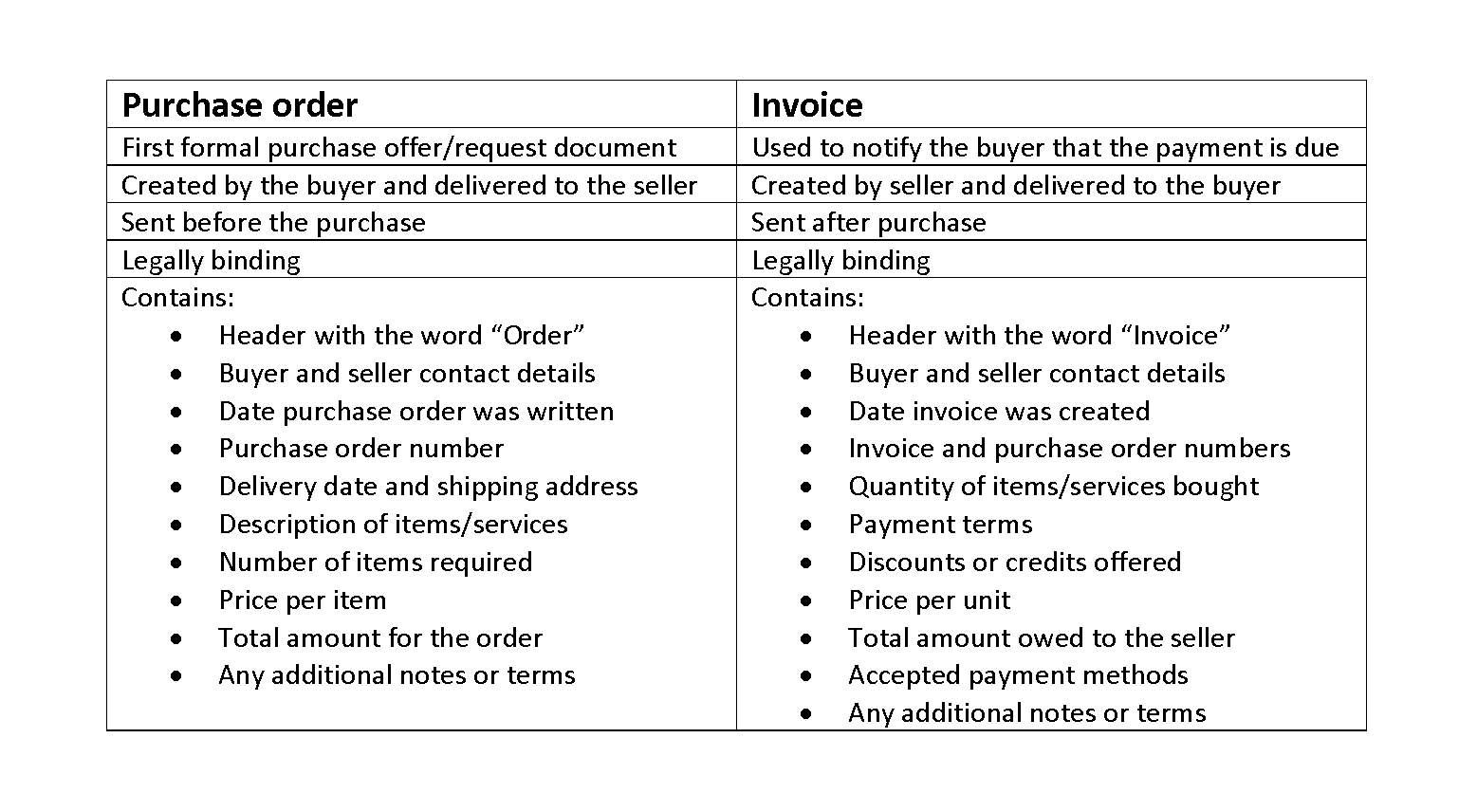
Unrealized income can be unrealized gains or losses on, for example, hedge/derivative financial instruments and foreign currency transaction gains or losses. Not to be confused with it, accumulated other comprehensive income is stated at a point in time, and totals the unrealized gains and losses recorded in other comprehensible income. Other comprehensive income reports unrealized gains and losses for certain investments based on the fair value of the security as of the balance sheet date.
Company
Some people also subtract the corporation’s cash dividends when the dividends are viewed as a necessity. Experienced financial people will review the net cash provided from operating activities. ” For instance, if inventory increases, the amount of the increase will be shown as a negative amount on the SCF since it assumed to have used the corporation’s cash. The negative amount may lead to the question “Was there a decline in the demand for the corporation’s products? ” Perhaps some of the corporation’s items in inventory have become obsolete.
Please Sign in to set this content as a favorite.
It provides a comprehensive view for company management and investors of a company’s profitability picture. A common example of OCI is a portfolio of bonds that have not yet matured and consequently haven’t been redeemed. Gains or losses from the changing value of the bonds cannot be fully determined until the time of their sale; the interim adjustments are thus recognized in other comprehensive income. The second section of the SCF reports 1) the cash outflows that were used to acquire noncurrent assets, and 2) the cash inflows received from the sale of noncurrent assets. Think of gross revenue as the total amount of money your business brings in from selling its products or services.

International Financial Reporting Tool perfect reporting according to IFRS

To compensate for this, the Financial Accounting Standards Board (FASB) requires companies to use universal measurements to help provide investors and analysts with clear, easily accessible information on a company’s financial standing. Investors reviewing a company’s balance sheet can use the accumulated OCI account as a barometer for upcoming threats or windfalls to net income. The positive amounts in this section of the statement of comprehensive income SCF indicate the cash inflows or proceeds from the sale of property, plant and equipment and/or other long-term assets.
Real-Life Example of OCI
- Comprehensive income statements let businesses record the earnings they get from all sources.
- In an ideal world, there would only be comprehensive income as it includes standard net income and OCI, but the reality is that astute analysts can combine both statements in their own financial models.
- So the statement of comprehensive income aggregates income statement (profit and loss statement) and other comprehensive income which isn’t reflected in profits and losses.
- This includes items such as unrealized gains and losses on available-for-sale securities, foreign currency translation adjustments, and changes in the value of pension plans.
- It is calculated by subtracting total expenses from total revenues and is a key indicator of a company’s operational efficiency and profitability.
For instance, GAAP specifies the treatment of items like unrealized gains and losses on certain investments and foreign currency translation adjustments, ensuring that these elements are uniformly reported across different entities. Unrealized gains and losses relating to a company’s pension plan are commonly presented in accumulated other comprehensive income (OCI). A defined benefit plan, for example, requires the employer to plan for specific payments to retirees in future years. If the assets invested in the plan are not sufficient, the company’s pension plan liability increases.
Understanding Non-controlling Interest: Types, Calculations, Reporting
- The difference between these two measures can be particularly significant in industries subject to high volatility or those with substantial international operations.
- The sum total of comprehensive income is calculated by adding net income to other comprehensive income.
- ” Perhaps some of the corporation’s items in inventory have become obsolete.
- The net income section provides information derived from the income statement about a company’s total revenues and expenses.
- This inclusion provides a clearer picture of the long-term obligations and financial commitments a company has towards its employees.
- Paying more than the amount in the income statement is unfavorable for the corporation’s cash balance.
It’s like the top line of your income statement, without considering any of the expenses involved in running your business. In this blog post, our team at Lewis.cpa will explore what comprehensive income is, what it includes, and why it’s important for businesses to track and report. The concept of comprehensive income is not confined to a single set of accounting principles but is recognized globally, albeit with some variations. International Financial Reporting Standards (IFRS) and Generally Accepted Accounting Principles (GAAP) both mandate the reporting of comprehensive income, Bookstime but they approach it with slight differences that reflect their unique frameworks.

Overall, it called into question the quality of the profit figures it held out as its real measure of capital generation for the year. Other comprehensive income can consist of gains and losses on certain types of investments, pension plans, and hedging transactions. It is excluded from net income because the gains and losses have not yet been realized. Insurance companies like fixed assets MetLife, banks, and other financial institutions have large investment portfolios. In this respect, OCI can help an analyst get to a more accurate measure of the fair value of a company’s investments.

Using the amounts from above, the ABC Corporation had free cash flow of $31,000 (which is the $126,000 of net cash provided from operating activities minus the capital expenditures of $95,000). If dividends are considered a required cash outflow, the free cash flow would be $21,000. Under the indirect method, the first amount shown is the corporation’s net income (or net earnings) from the income statement.